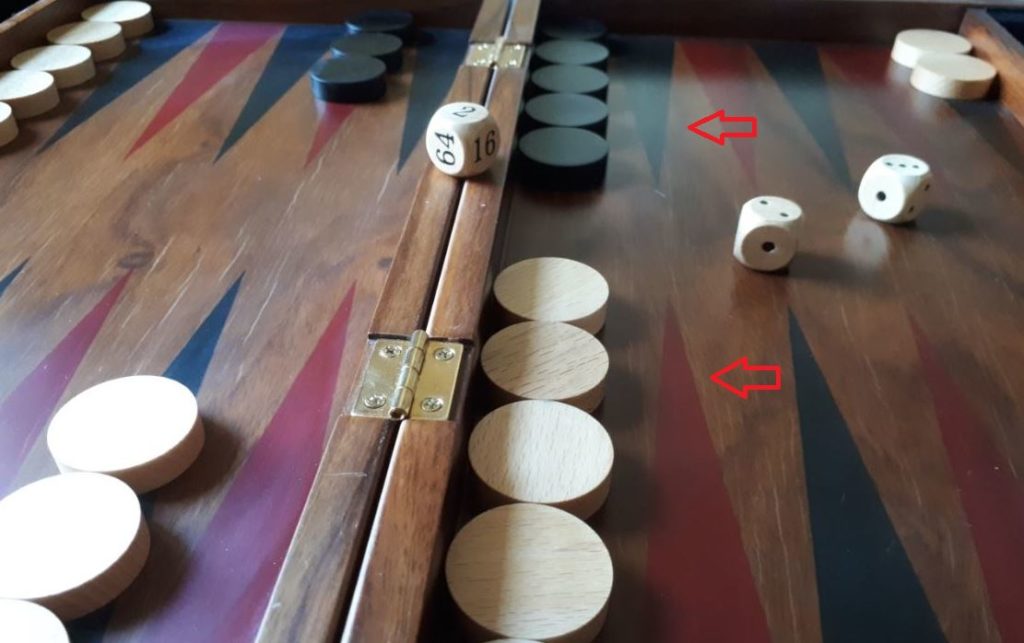Last updated on June 10, 2024
In this Deluxe Backgammon playing guide, we will be taking a look at the most valuable real estate on the backgammon board, the 5-point. In virtually every backgammon book you read, you will come across the terms golden point or most important point on the board. These terms describe the 5 or 20-point. The 5-point was named the golden point back in the 1970s by the backgammon legend, Paul Magriel. Specifically, Magriel was referring to the 20-point (your opponent’s 5-point) as the golden point. Although, both points have a high intrinsic value in the game. Some other writers have referred to your 5-point as the golden point and your 20-point as the golden anchor.
We can dismiss the semantics and consider the value of holding these points. Together the 5 and 20-points are the two most important strategic positions on the board. Holding one or both of these points conveys a considerable advantage in the game.
In the opening moves of a match, there is often a considerable struggle for both 5-points because the reward to make and hold the 5 or 20-points often exceeds the risk to move more checkers back.
The 5-point.
- In conjunction with the 6-point, it forms the beginning of an effective prime to block the opponent’s back checkers in your own home board.
- Keep in mind that the 6-point is already held at the start of play. In your home board, securing the 5-point is imperative. Early in the game, it is worth the risk to consider slotting the 5-point. You have plenty of time to recover if your blot is hit. Slotting is a useful tactic to help build primes.
- The 5-point is deep in your home board and along with the 6-point provides an effective barrier to entry when your opponent is trying re-enter from the bar. If your opponent rolls high (6 or 5), for instance, they will fail to re-enter and as a result, will waste a significant number of pips.
- In the best possible scenario, the 5-point forms part of a 6-prime or a closed board against the opponent’s checkers. The 5-point is the next best point (together with the 6-point, which is already held) to start building towards this goal.
- If your opponent secures an anchor in your home board it’s always going to be in front of your home board points, which is strategically advantageous for you.
The 20 point (your opponent’s 5-point).
- If you hold the 20-point it is much harder for your opponent to build an effective prime against these checkers, compared to leaving the checkers on the 24-point.
- The 20-point provides a secure landing area for your checkers if they are sent to the bar.
- The 20-point provides excellent coverage of the outer board, giving the opportunity to hit advancing checkers.
- An extra checker on the 20-point provides the opportunity to attack the outer board without giving up the secure position in your opponent’s home board.
- Knowing when to abandon the 20-point is crucial. These should be your back checkers and you need to be confident of winning the race without being hit to risk breaking the 20-point.
Summary.
It’s very hard to go wrong by securing one of the 5-points early in the game. The exceptions, if any, are going to be so rare, with such a minute advantage, that securing a 5-point should be a priority. When in doubt, go for the 5-point. A complete list of Playing Guides is available on this link. Backgammon rules are available on this link.
Related content
Paul Magriel, Wikipedia entry.


Probably the number one rule of backgammon, secure your 5 point at every opportunity and the 20 point is a close second. The backgammon playing guides are really intertesting, I am reading them and noticing an improvement in my backgammon. Thanks very much!